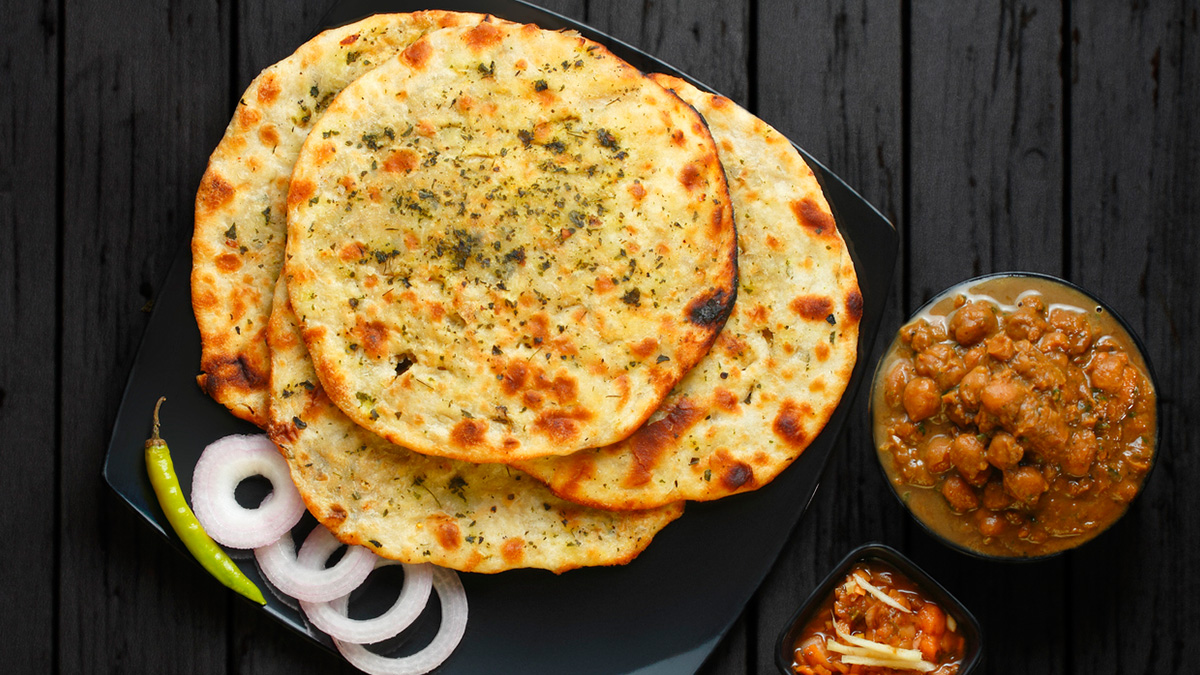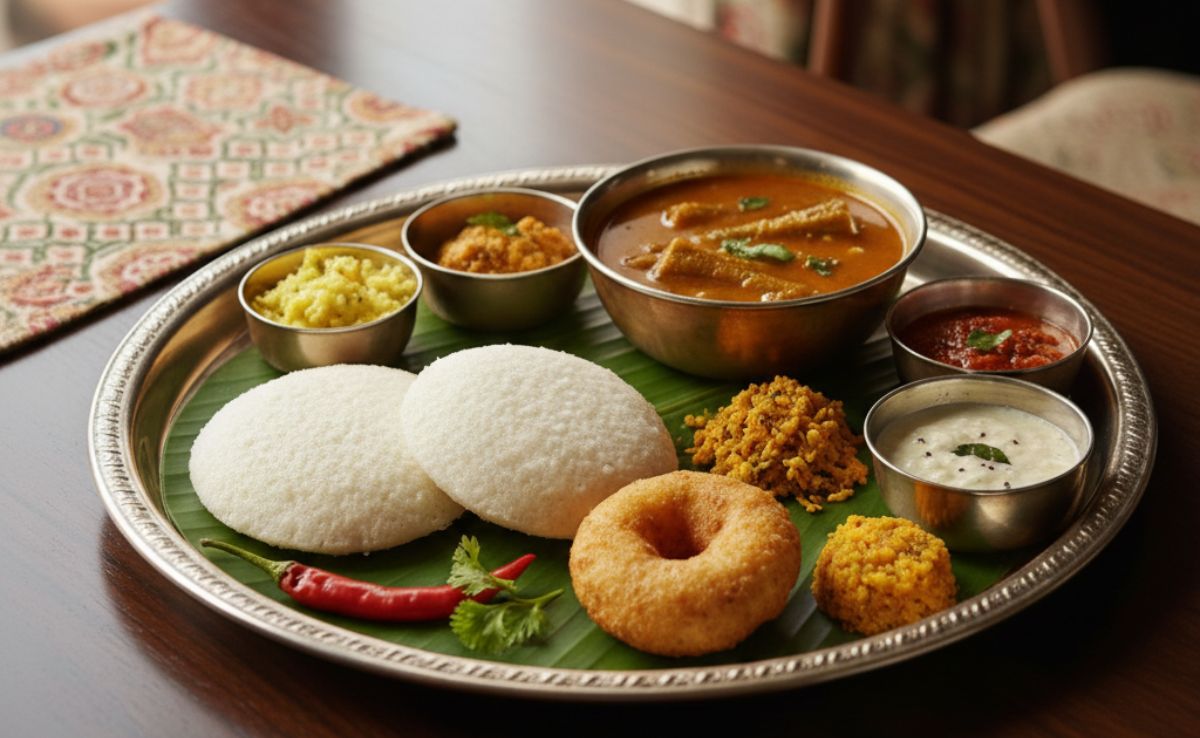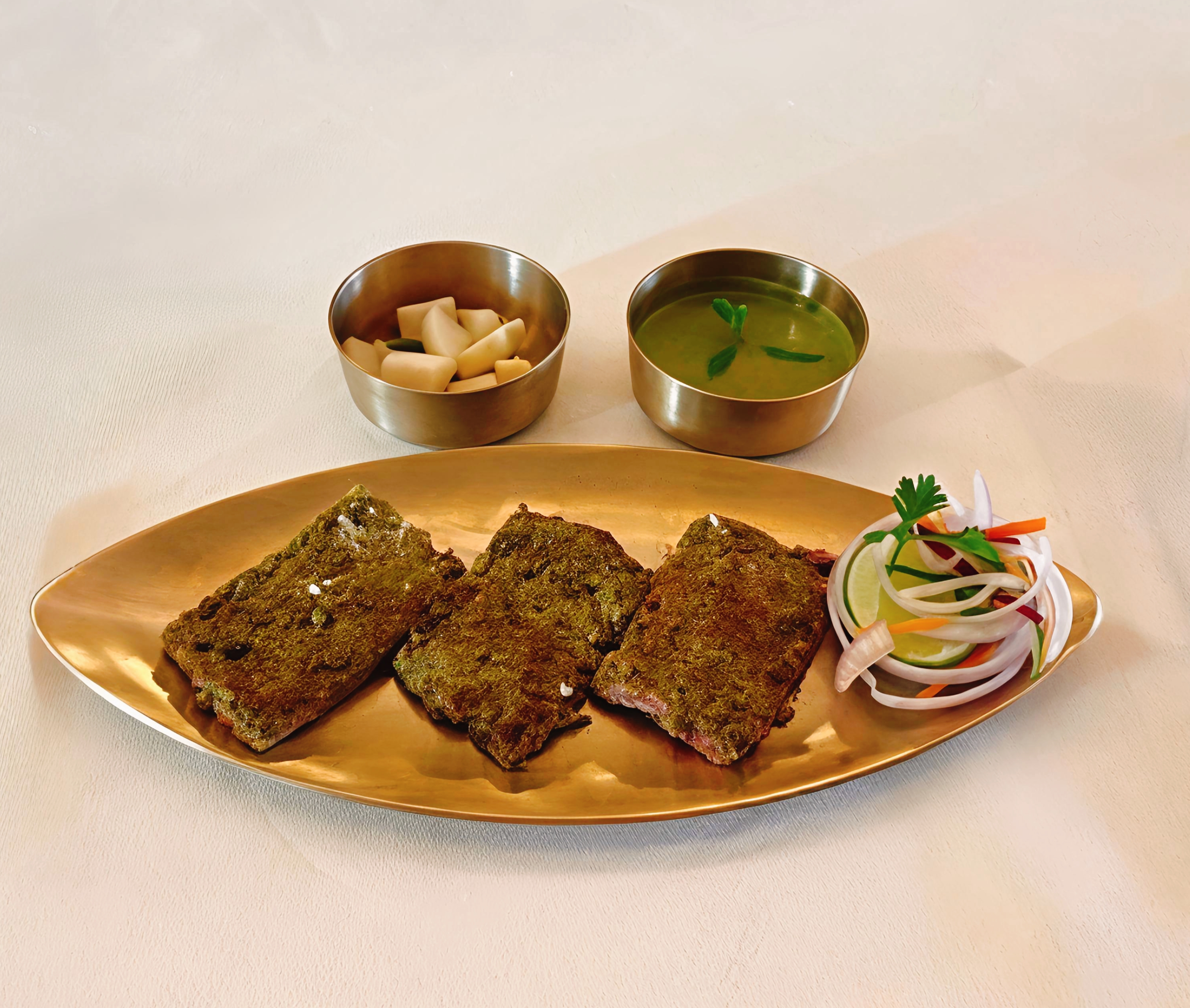Food packaging, labelling and promotional content play a crucial role in shaping how a product and, more broadly, the brand is perceived. Many food business operators (FBOs) resort to creative marketing and advertising techniques to capture consumer attention and drive sales. While this is essential for boosting revenue, there's a fine line between promoting your product and making it appear superior to what it actually is. That's where the Food Safety and Standards Authority of India (FSSAI) steps in, ensuring customers are not misled during their purchase decisions.
In its latest advisory dated May 30, 2025, the FSSAI highlighted a growing trend: the use of "100%" claims on food labels and promotional materials.
What Is This "100%" Claim
Although the FSSAI hasn't listed all the ways the term "100%" might be used, some common examples include phrases like "100% natural", "100% organic", "100% fresh", "100% pure" and "100% premium quality". In reality, such claims can be ambiguous and open to interpretation.
As per the Food Safety and Standards (Advertising and Claims) Regulations, 2018, the term "100%" is neither defined nor referenced in the FSS Act, 2006, or the rules and regulations made thereunder.
The lack of clarity or definition under current regulations allows food businesses to use the term at their discretion, which can mislead consumers into believing a product is pure or superior to other products, often without any scientific backing.
Also Read:All Packaging Material Claiming '100% Fruit Juice' To Be Exhausted: Food Authority
Why "100%" Claims May Be Misleading
It sounds straightforward, but it is not so simple. For example, many fruit juices labelled as "100% juice" are actually reconstituted - meaning they contain a large amount of water mixed with fruit concentrate. So calling it "100% juice" can be misleading since the actual fruit content might be quite low.
The term "100%" can create a false impression of absolute purity, safety or exceptional quality. In a quick shopping scenario, a customer may be swayed by the large, prominent "100%" claim on the front of a pack, overlooking crucial details in the fine print on the back.
This not only misleads consumers but also unfairly positions competing products as inferior or non-compliant with regulatory standards.
Also Read: Uttar Pradesh Food Safety Team Busts 2,500 Kg Fake Paneer And 13,076 Litres Fake Bottled Water
What Do Indian Food Labelling Laws Say
According to the Food Safety and Standards (Advertising and Claims) Regulations, 2018 (Sub-regulation 4(1)), it shall be ensured that the claims must be truthful, unambiguous, meaningful, not misleading and help consumers to comprehend the information provided.
Responsibility Beyond Revenue
In light of these guidelines, food businesses in India are urged to be responsible and transparent in their marketing and packaging practices.
Clear, accurate labelling and promotional content empower consumers to make informed food choices.
Ultimately, transparent food labelling is vital for consumer health, safety and trust in the food industry.







